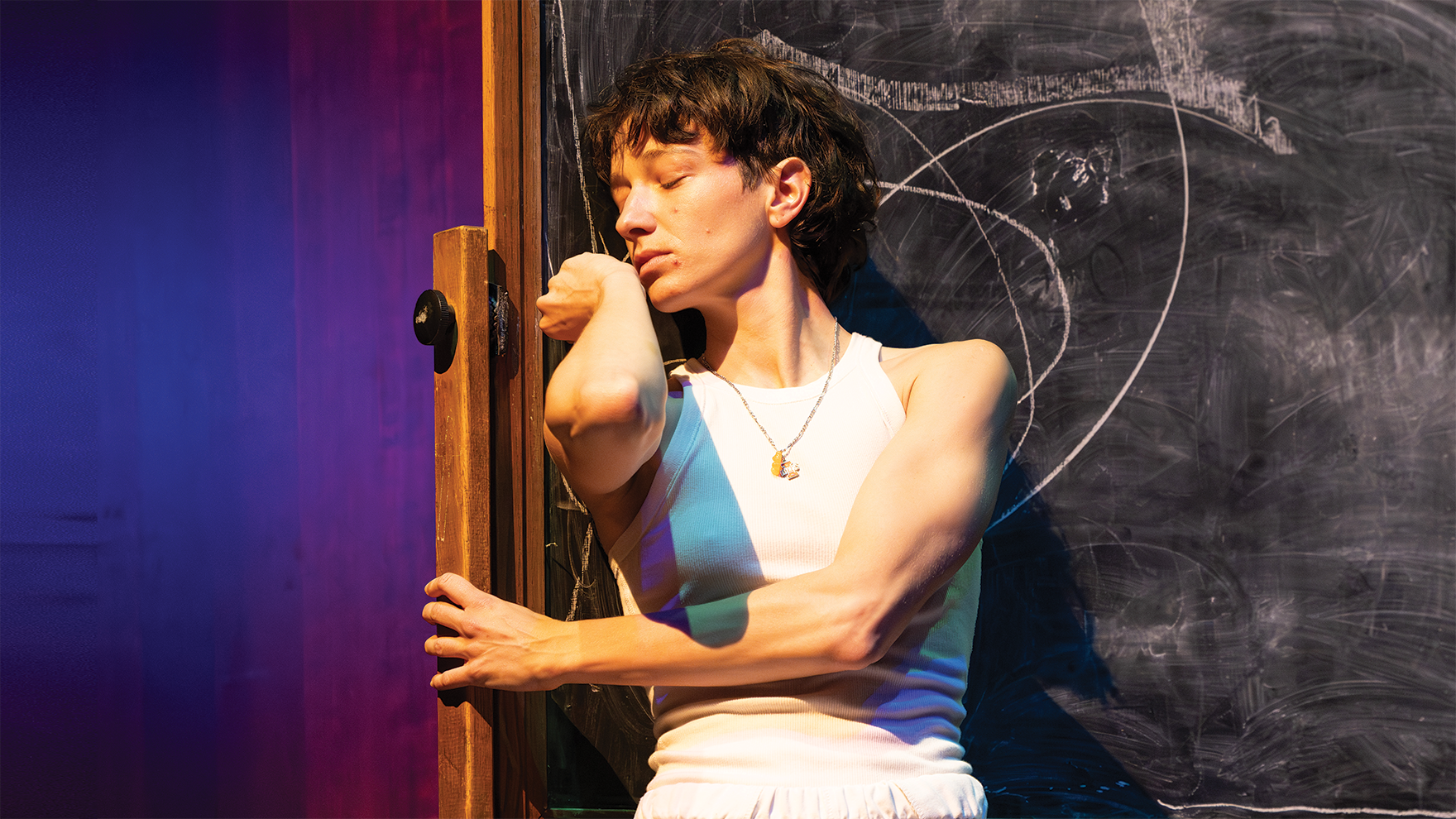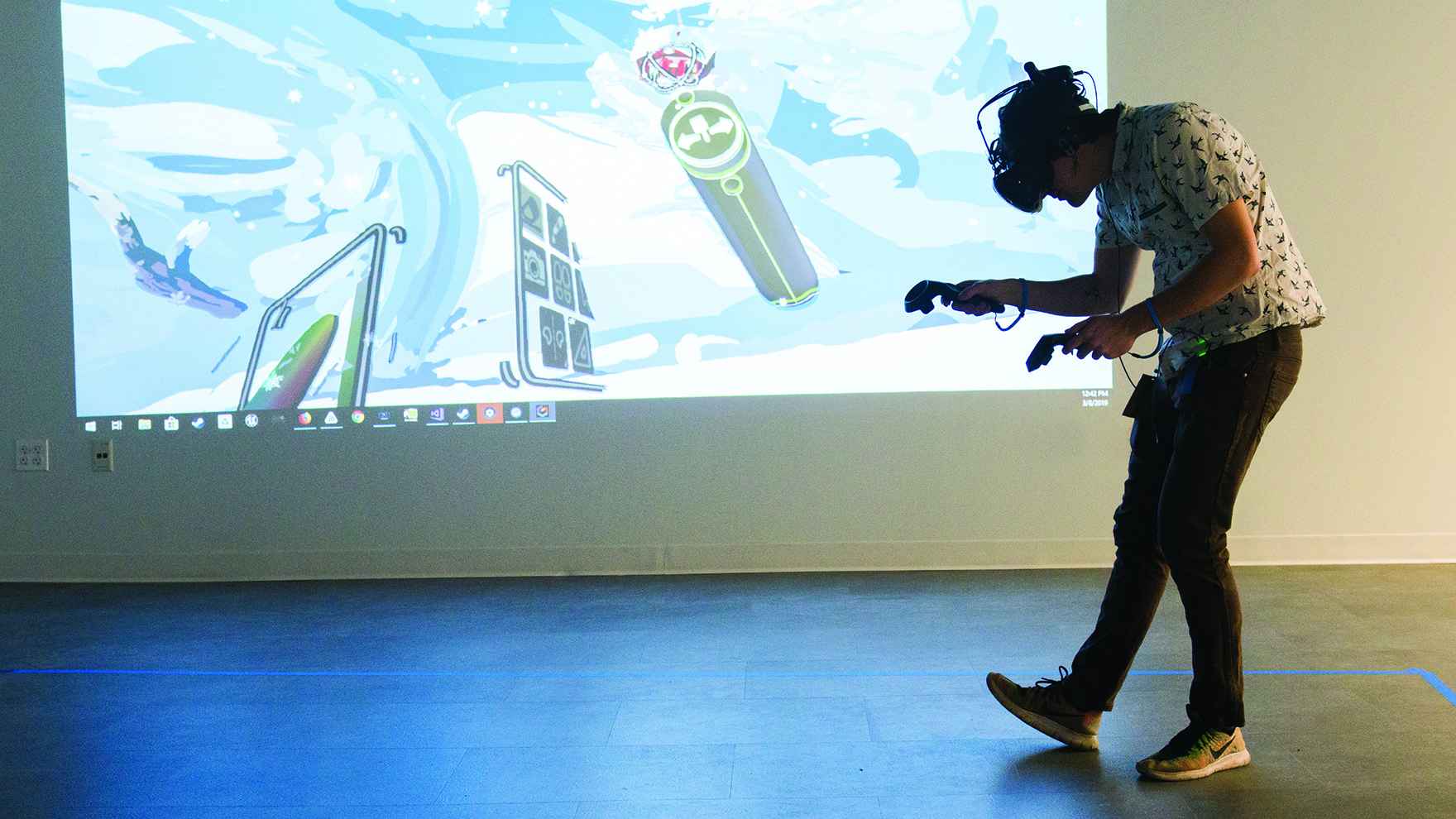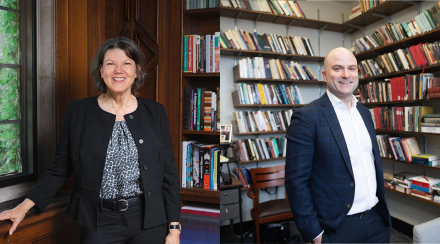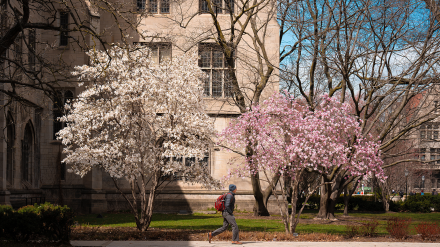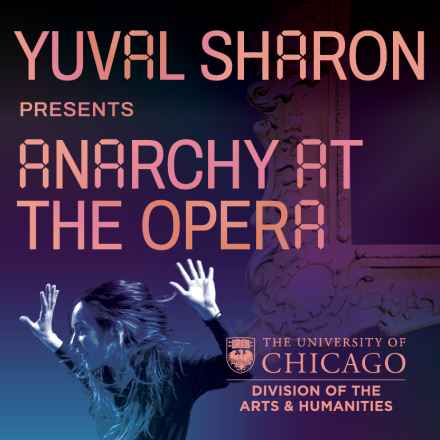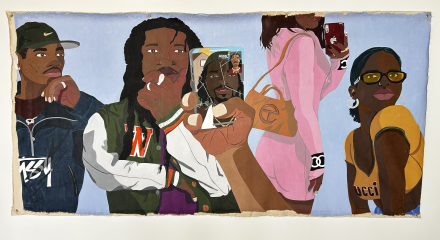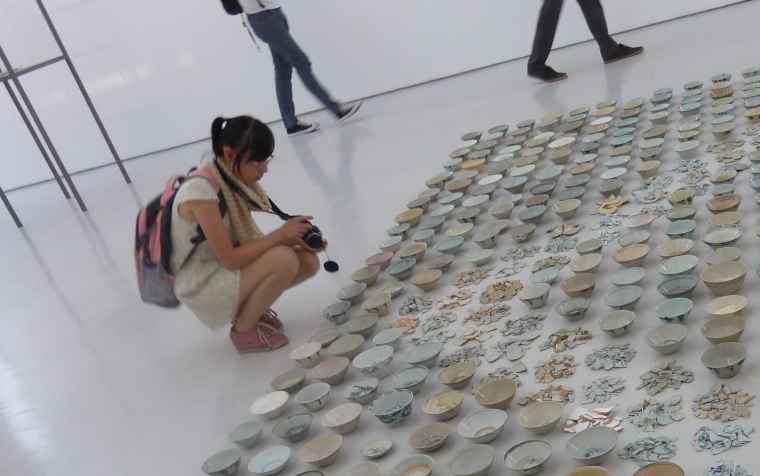UChicago announces 2025 winners of Quantrell and Ph.D. teaching awards
UChicago annually recognizes faculty for their incredible teaching and mentoring of undergraduate and graduate students through the Llewellyn John and Harriet Manchester Quantrell Awards for Excellence in Undergraduate Teaching, believed to be the nation’s oldest prize for undergraduate teaching; and the Faculty Awards for Excellence in Ph.D. Teaching and Mentoring, which honor faculty for their work with graduate students. Two recipients are faculty members in the Division of the Arts and Humanities: Lenore Grenoble, the John Matthews Manly Distinguished Service Professor in the Department of Linguistics; and Timothy Harrison, Associate Professor in the Department of English Language and Literature and the John U. Nef Committee on Social Thought.
Three UChicago scholars receive 2025 Guggenheim Fellowships
Guggenheim Fellowships have been awarded this year to three University of Chicago scholars, including two from the Division of the Arts & Humanities, and several alumni. The distinguished artists, writers and scientists join the 100th class of Guggenheim Fellows honored for “prior career achievement and exceptional promise.” Prof. Theaster Gates, Lect. Richie Hofmann and Prof. Marcus Kronforst are among the 198 distinguished individuals selected from a pool of nearly 3,500 applicants.
Visionary Opera Director Yuval Sharon to Deliver Berlin Family Lectures
On May 6, 13, and 20, visionary opera director Yuval Sharon will present this year’s Randy L. and Melvin R. Berlin Family Lectures, produced by the Division of the Arts & Humanities at the University of Chicago. Sharon’s three lectures are titled “Anarchy at the Opera” and will explore reimagining opera not through modes of nostalgia or imitation, but through experimentation and collaboration. Sharon’s third and final lecture on May 20 will include a rare performance of John Cage’s Europera 5. The lectures and performance will be offered both for in-person and online attendance—at 6 p.m. CDT at the Logan Center for the Arts, and on Zoom.
UChicago Arts Co-Hosts EXPO CHICAGO’s South Side Night April 22, 2025
For the fifth consecutive year, UChicago Arts showcases arts excellence across the University of Chicago and throughout neighboring south side communities.
